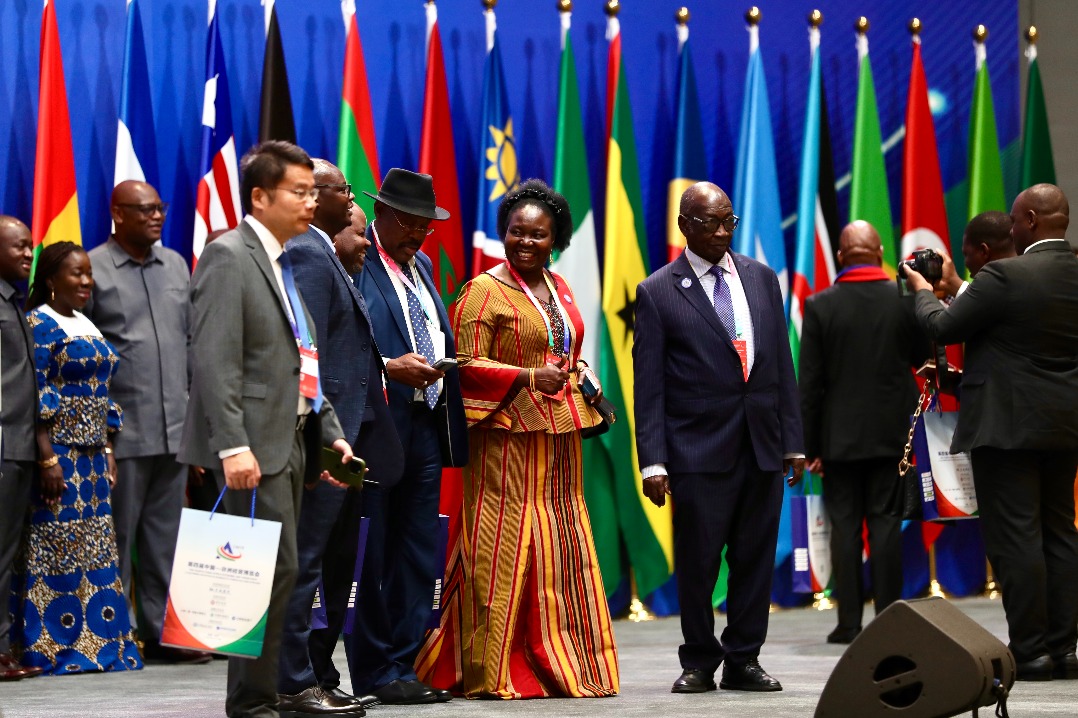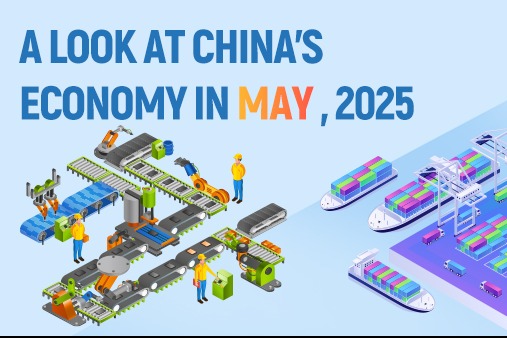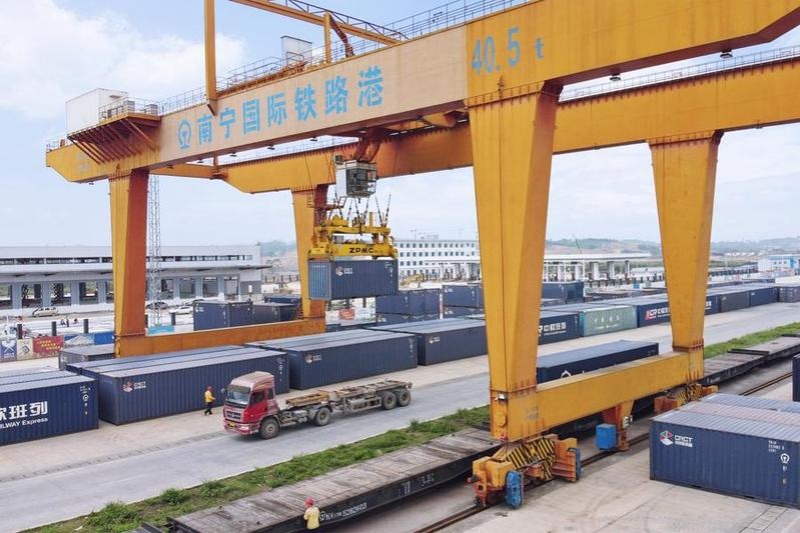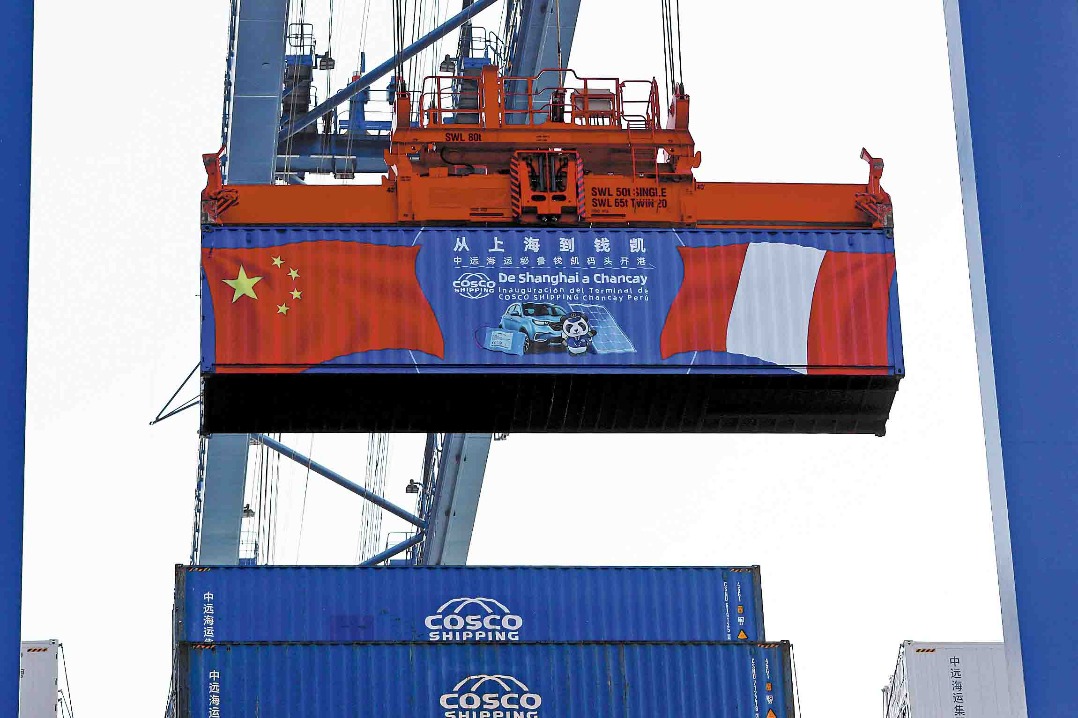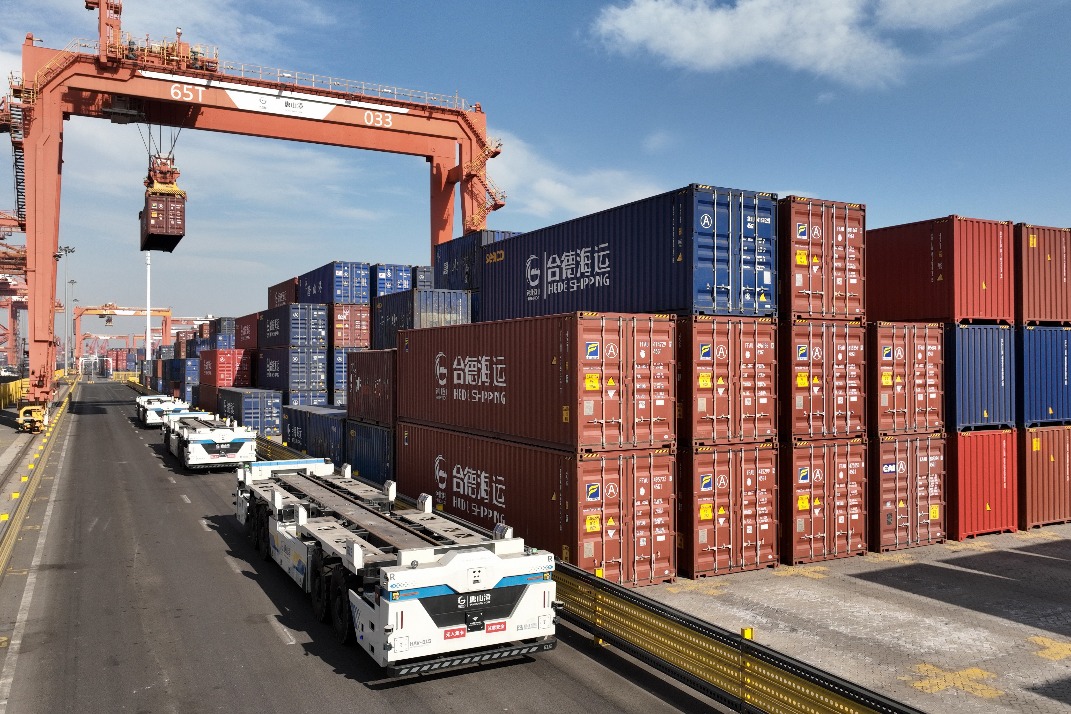Concerted efforts spur nation's economic advances


Planned system brought growth, set stage for later takeoff
China's remarkable economic growth can be attributed to the reform and opening-up drive launched in the late 1970s, economists say.
However, before embarking on this historic step, great efforts had been made to search for a way out of poverty and underdevelopment after the founding of the People's Republic of China in 1949.
At the time, the nation was poor and economically underdeveloped, with a vast number of people trapped in poverty. Economic output was basically stagnant from 1913 to 1950, with GDP growth averaging - 0.02 percent compared with the global average of 1.82 percent.
To shake off poverty and achieve rapid development, the newly founded PRC opted to build a centrally planned economic regulatory system.
Although the planned economy ended up throttling the vitality of labor and production and also failed to distribute resources efficiently, China nevertheless achieved much faster growth under it than before and built a relatively comprehensive industrial system that laid the foundation for its economic takeoff in the early 1980s.
From 1952 to 1978, China's annual GDP growth averaged 4.4 percent, slightly lower than the global average of 4.6 percent but much higher than the average from 1913 to 1950.
Cai Fang, economist and deputy head of the Chinese Academy of Social Sciences, said, "While accomplishing historic development achievements in the first 30 years after the founding of the People's Republic, China ignored the role of objective economic law and used central planning to replace a market mechanism, leading to such problems as a lack of incentive mechanisms for production and labor, low efficiency of resource distribution and an unbalanced structure of the national economy."
By the end of the 1970s, after the "cultural revolution" (1966-76), the economy had been pushed to the brink of collapse and people's livelihoods had been seriously affected, Cai said.




















